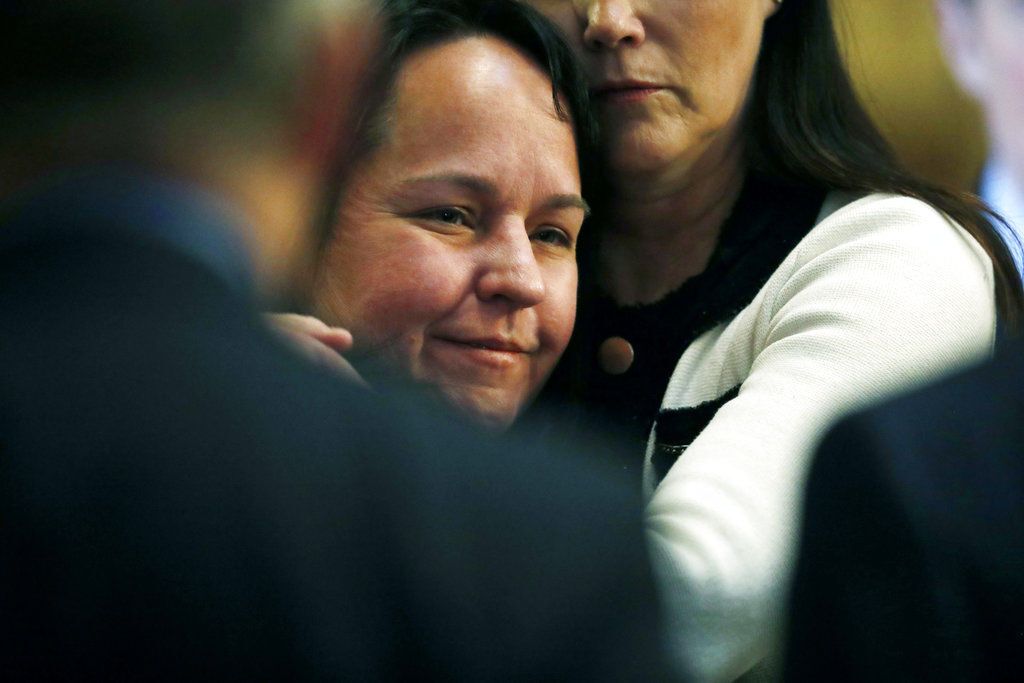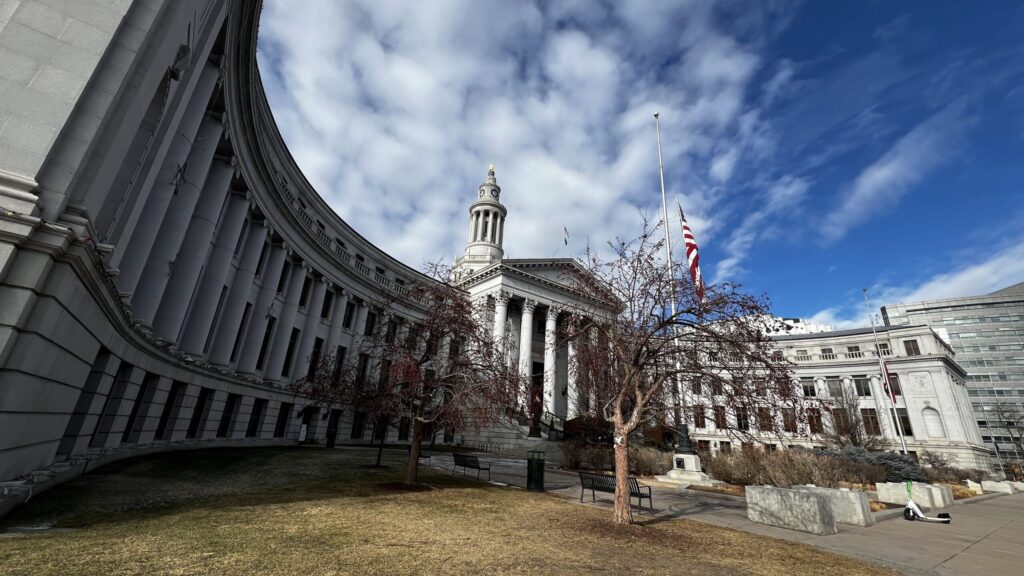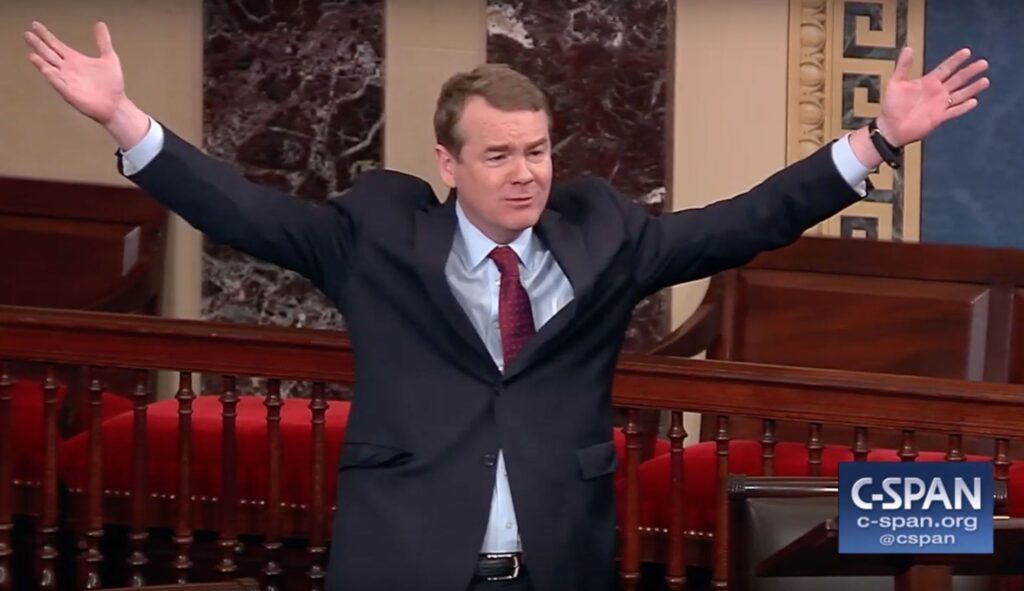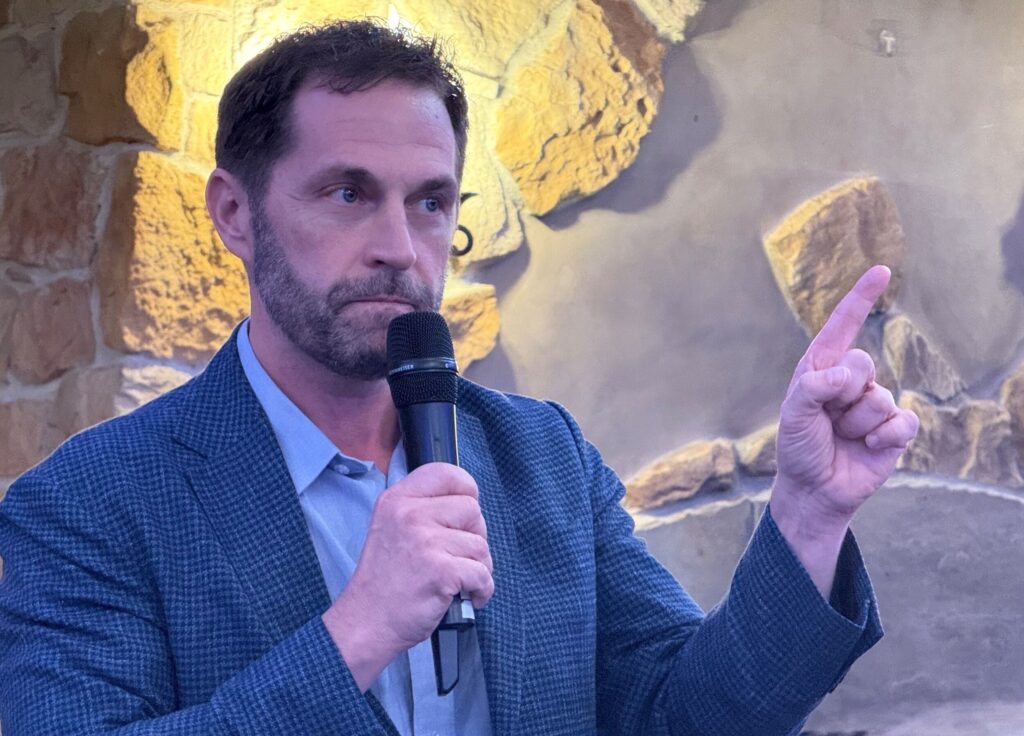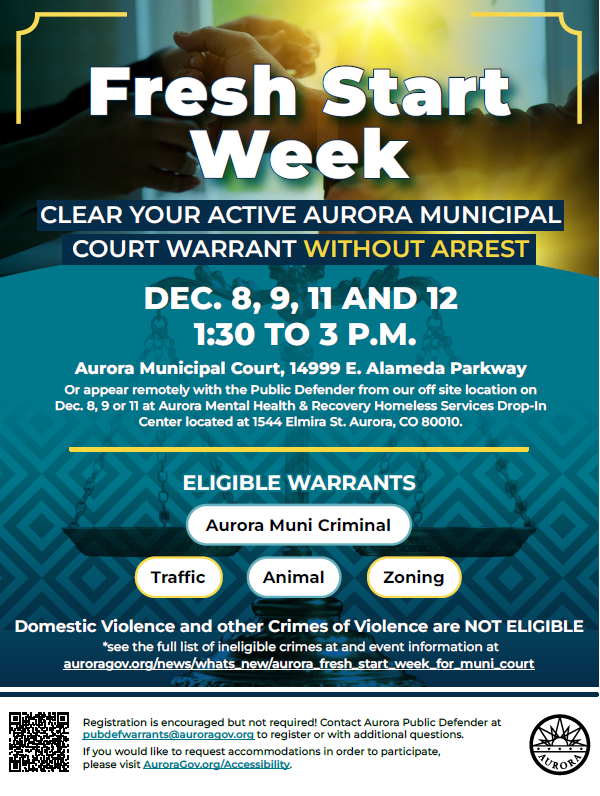Colorado transportation forum focuses on saving lives — and a trooper’s worst day

What’s the worst day in a state trooper’s life? Josh Lewis knows.
Thursday, Lewis, a Colorado State Patrol trooper, talked about it as part of the Colorado Department of Transportation’s annual summit, this year focused on safety.
The summit included remarks from Gov. Jared Polis, but Lewis’ story about his worst day hushed the audience of hundreds at the Hyatt Regency Denver at Colorado Convention Center.
It started with a call to go to the scene of an accident on Interstate 25, he said. Before he had barely exited his car, he was asked to go to a nearby hospital.
At the hospital, Lewis found the accident victims: a mother and two pre-teen children. Doctors had stabilized the mother and the children.
But a third child, an 8-year-old boy, had died, thrown out of the vehicle on impact because he wasn’t wearing a seatbelt.
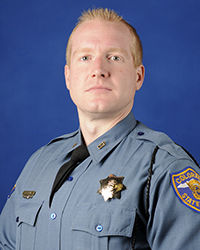
“Me, with only two or three years” experience at that moment, Lewis recalled. He was asked by a nurse to talk to the mother, who wanted to know what happened to her children.
“Everyone in that room looked at me to tell her what was going on,” he said.
The mother was barely stabilized enough to be coherent, and Lewis had to tell her that she rolled her vehicle, and that her son had been killed.
Her reaction was what you would expect, he said, sadly. “I stepped back to allow the nurses to comfort her.”
Moments later, another nurse tugged on his sleeve, asking him to tell the grandmother what was going on, he said. So for the second time that day, he had to tell someone that a loved one, a child, had been killed.
“That was a bad day,” Lewis said.
The mom wasn’t on her phone, she wasn’t a bad person, he added. She was reaching for a drink and momentarily took her eyes off the road, started to swerve and overcorrected, and the car rolled, ejecting her son, the trooper said.
Just two small faults, he said: being distracted and not buckling in her son. And their lives were changed forever.
“I don’t want any more bad days,” Lewis — now a public information officer with the State Patrol — told the audience. “That’s why we’re here. No more bad days.”
Traffic deaths are up some 30% in Colorado over the last three years, Polis told the audience in brief remarks in which he described ways his administration is working to improve safety.
One effort he cited: an executive order in August aimed at reducing interactions on the state’s roadways between wildlife and vehicle traffic.
Wildlife and vehicles collide almost 4,000 times per year, resulting in about $80 million in damage, not to mention the harm to animals, according to a statement from the governor’s office that accompanied the executive order.
The state also must “continue to spread awareness and change the culture around distracted or drunk driving,” Polis added. “The goal is zero traffic deaths. There is no number that is acceptable.”
For every $2 million spent on safety, a life is saved, he said, and 60 fewer people are injured.
CDOT Executive Director Shoshana Lew told the audience that recent outreach efforts have shown Coloradans are concerned about safety on the state’s roads and highways. The department’s “Whole System, Whole Safety” initiative (also the theme of Thursday’s summit) redoubles the department’s goal to improve safety and reduce vehicle crashes by 2,500 by 2020 and by 7,500 by 2022, she said.
Tha initiative has included strategies like adding more six-inch reflective striping, from 114 miles now with a goal of 9,000 miles by June 2022. It’s a simple strategy but one that can save lives, Lew said.
CDOT also is investing in new cable guardrails and rumble stripes, simple investments that “change driver experience and focus on driving safely,” she said.
The department also is looking toward the future — and future drivers — by encouraging driver education to focus on the human factors of driving earlier on, and working with motor carriers to improve education around the challenges of driving in Colorado’s mountains.
CDOT has been holding outreach meetings all over the state for the past five months, Lew noted. Some of the concerns:
- Rural areas want to see more shoulders, not just for safety but for bicycles and farm traffic, as well as more passing lanes on the state’s two-lane highways and more wildlife crossings.
- Urban residents are more focused on heavy traffic and distracted driving.
The summit concluded with workshops on “self-powered mobility safety” (bicycle and pedestrian safety), strategies to improve driver behavior and how to keep the roadways safer.



